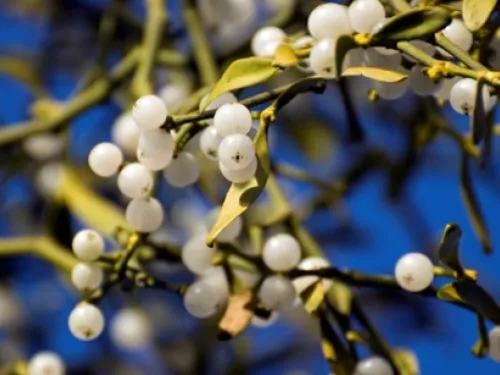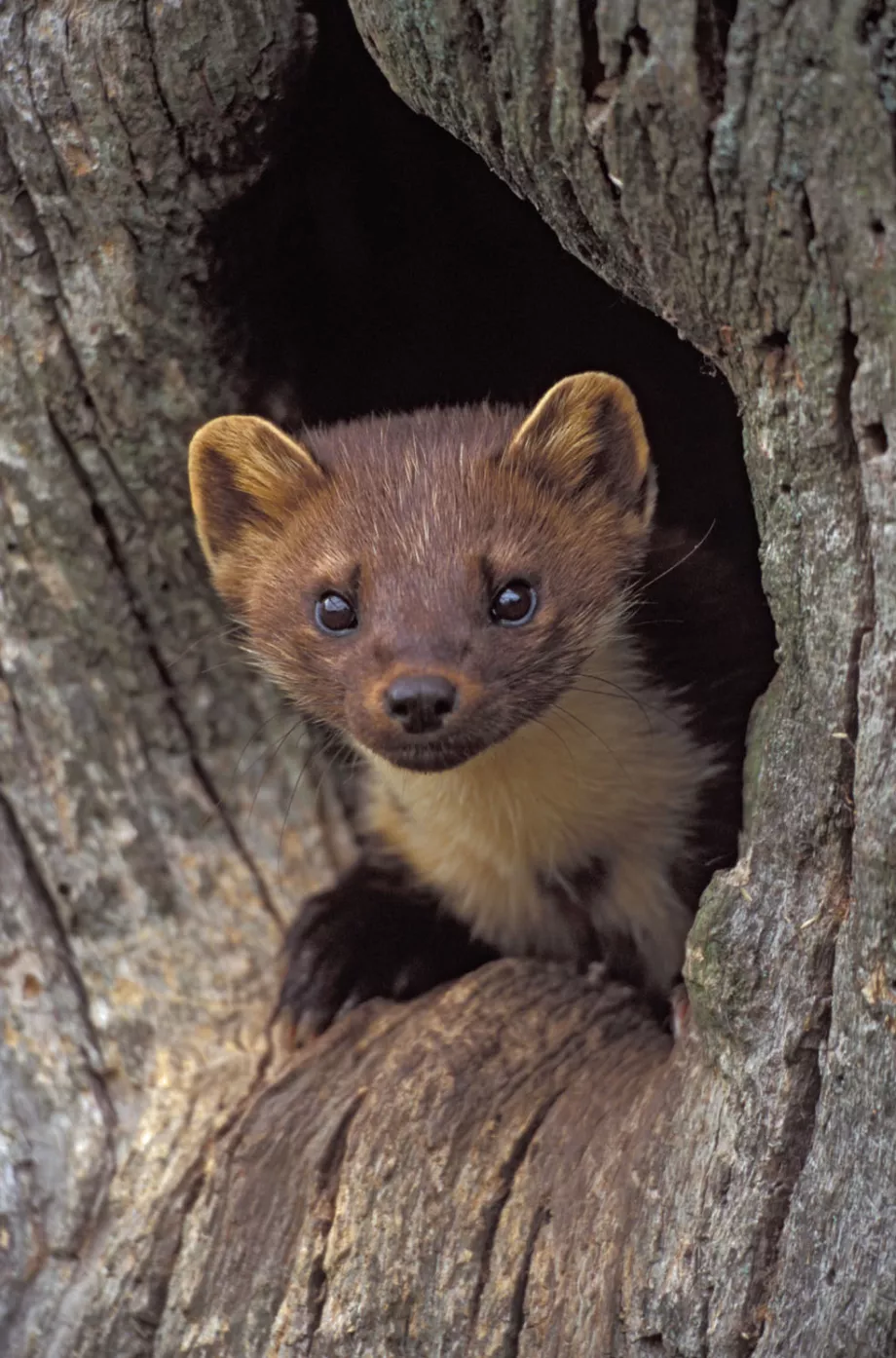In 2024, the South East Pine Marten Restoration Project will be conducting extensive feasibility studies to collect ecological and social data. Focus groups also took place earlier this year to inform questionnaires and discussions to engage with local people and be incorporated into the project’s strategy to determine social feasibility. Ecological feasibility will determine whether the High Weald is suitable for a population of pine martens to live through habitat suitability and connectivity modelling and species surveying using wildlife monitoring cameras, track plates and mostela boxes. This is only possible thanks to our wonderful team of volunteers who build all the equipment.
Modelling
To investigate whether the habitat in the South East is suitable for restoring pine martens, we have conducted some initial statistical modelling to support our ecological feasibility assessments. Using a statistical modelling technique known as ‘species distribution modelling’, the environmental conditions that are suitable for pine martens can be characterised based on confirmed sightings across their European range. The model then predicts where similar suitable habitats are found in the South East. The habitat suitability map revealed large woodland areas as suitable habitats for pine martens, primarily in parts of the High Weald and Kent Downs. However, due to centuries of habitat loss and fragmentation, many areas of the South East are not suitable, for example across expanses of urban areas and vast agricultural spaces. From the results from the suitability map, we can now use connectivity modelling to predict where pine martens are expected to move across their landscape and consider potential barriers to their movement, such as the influence of roads. This will clarify the most suitable release locations and inform our strategies for landscape-scale habitat restoration, including scoping potential for green bridges to reduce the impact of roads of pine marten (and other animals) dispersal.
What’s next?
Once the ecological and social feasibility assessments are completed this year, we will be able to determie whether it is possible to restore pine martens back to the South East. The project is working with a range of stakeholders to co-develop a project strategy so, if we can restore these charismatic creatures, the strategy encompasses stakeholder knowledge, views and expertise, creating a best-practice project that will bring positive impacts for both wildlife and people.
Stay up to date
Find out more and receive seasonal updates by signing up to our pine marten mailing list on our page below.






